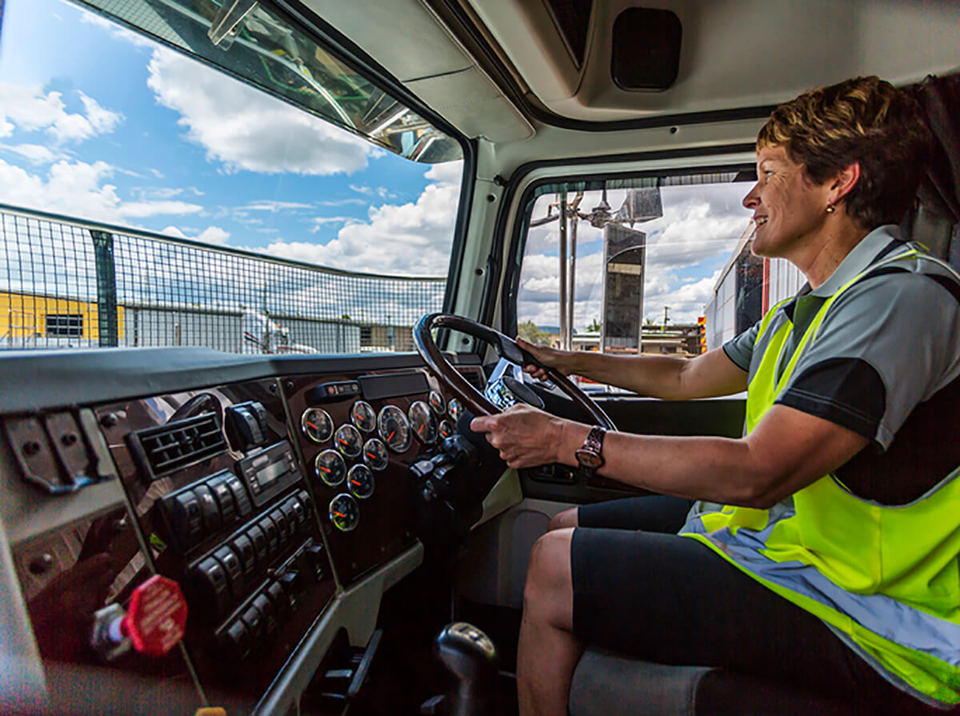An HGV road user levy, which all vehicles weighing 12 tonnes or more have to pay, has generated revenues of £192m since it was introduced on April 1, 2014.
The levy, which costs £10 per day or £1,000 per year, has helped ensure that all HGVs at or over 12 tonnes, (including overseas hauliers) contribute to the cost of maintaining UK roads.
Around a quarter (24%), or £46.5 million of the total revenue raised was generated by HGVs not registered in the UK.
For most UK registered HGVs, the amount of vehicle excise duty (VED) they pay has been reduced by the same amount as the levy, which is payable alongside VED.
The figures were released in a written statement by Andrew Jones, parliamentary under secretary of state for transport.
He said: “I am pleased to announce that the HGV levy has proved to be a great success in its first year of operation. Receipts from foreign vehicles are significantly ahead of the projected £21m.”
Jones attributed that to the fact that 91% of more than 160,200 foreign HGVs registered on the levy system were paying daily rates for only one or a few days at a time, despite discounts being available for long duration purchases.
He said that 3% of levies purchased were weekly, 5% were monthly and 1% were annual.
Nearly one fifth (18%), or £8.5m, of revenue raised came from annual levies compared to £22.3m (48%) from daily levies.
Jack Semple, director of policy at the RHA, welcomed the figures.
“It’s a big success that we support. It was certainly one of the big successes of the last Government – it was timely and well executed,” he said.
The RHA played a role in seeing the levy implemented, taking part in discussions with the Department for Transport and the Treasury before its introduction last year.
Jones said the levy “removes some of the inequality UK hauliers feel when paying to use roads abroad”.
Semple added: “There was a lot of complaint from those within the industry and the general public that overseas hauliers were paying nothing towards contributing to the cost of maintaining the UK’s roads, before the levy was introduced.”
The largest overseas contributor to the levy was Poland, making up 27% of the payments, followed by Romania at 12% and Spain at 9%.
Jones described the levy as a success in terms of digital delivery and customer service, too. Almost all levy purchases were carried out via an online portal, using registered accounts.
Overseas operators have also been able to make use of a multi-lingual customer service call centre to support them in purchasing the levies.
In addition, Jones reported a high level of levy compliance from overseas vehicles, and claimed that effective roadside checks from the DVSA had contributed to a levy compliance level of 95%.

















Login to comment
Comments
No comments have been made yet.